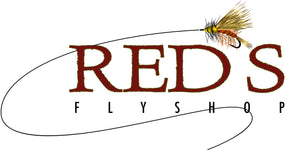CALL NOW (509) 933-2300
CALL NOW (509) 933-2300

You can't catch fish if they aren't there. Believe me, I have tried. Before I met a quality fly fishing mentor, I was constantly fishing in the wrong water. I was wondering how everyone else around me was catching fish while I was being shut out. It was so frustrating. I hated it. At times I wanted to pull my hair out! I would frantically change flies when I should have been looking for "color changes". It's the easiest way to spot a ledge as a beginner. If you find a color change.... you'll find trout. This one bit of information would have been so helpful back then.
I didn't realize it back then just how important reading water is. I now put reading water far above fly selection in order of priority.
Reading trout water and fishing in the right spots is one of the key ingredients to success. 90% of the fish live in 10% of the water. One of the most simple tactics is to look for and fish "color changes". In gravel bottom streams where the river carves out it's natural path, you'll find color changes. These areas are where distinct ledges form typically fading from brown to green.
Trout will live right on the edge of the color change often nosing right up into the shallow areas where the bottom is physically visible. Typically they won't want too far from the depth. Trout in rivers are skittish by nature, and their escape route is into the deep. Ospreys, otters, anglers, herons, and other birds keep trout acting nervous. On the shallow edges they can get all the food and oxygen they need, but still have the escape route to safety in the deep water. Learn to work up color changes with dry flies or nymphs, then possibly work back down them with a streamer.
The video has some additional information, hopefully this provokes some thought on reading water and helps you out.
